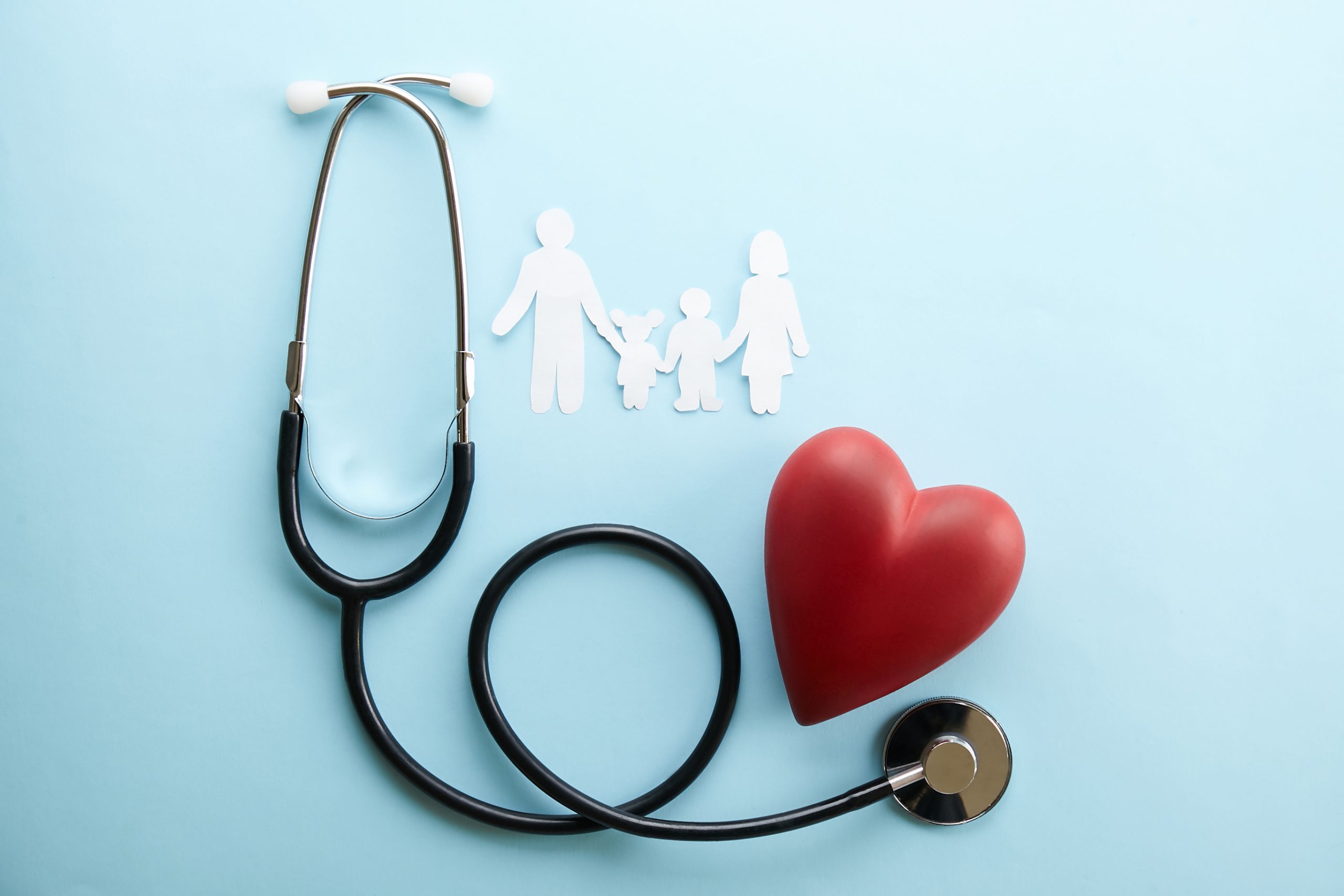
Bronchoscopy
Bronchoscopy is a medical procedure that involves the examination of the bronchial tubes and lungs using a bronchoscope, a thin, flexible tube with a light and a camera on the end. This procedure allows healthcare providers to visualize the airways, diagnose respiratory conditions, and perform certain interventions. Here is an overview of bronchoscopy:
Indications:
- Diagnostic Purposes:
- Investigate abnormal chest X-ray or CT scan findings.
- Evaluate persistent cough, hemoptysis (coughing up blood), or unexplained lung infections.
- Identify and biopsy suspicious lung lesions or masses.
- Detect and evaluate tumors, strictures, or other abnormalities in the airways.
- Therapeutic Purposes:
- Remove foreign bodies or mucus plugs from the airways.
- Treat conditions such as lung cancer, tumors, or infections.
- Perform interventions like bronchial stent placement or laser therapy.
Procedure Steps:
- Preparation:
- The patient may be asked to fast for a few hours before the procedure.
- Local anesthesia or conscious sedation may be administered to numb the throat and provide relaxation.
- Insertion of Bronchoscope:
- The bronchoscope is inserted through the nose or mouth and passed down the trachea into the bronchial tubes.
- Visualization:
- The light and camera on the bronchoscope provide real-time images of the airways.
- The healthcare provider examines the bronchial tree, looking for abnormalities.
- Biopsy and Sample Collection:
- Biopsies or samples may be taken from abnormal areas for further laboratory analysis.
- Brushings, washings, or needle aspirations may be performed during the procedure.
- Therapeutic Interventions:
- Depending on the findings, therapeutic interventions may be carried out.
- This may include removing obstructions, treating lesions, or performing other necessary procedures.
- Monitoring and Recovery:
- The patient is monitored throughout the procedure for vital signs and oxygen saturation.
- After the procedure, the patient is observed in a recovery area until fully awake.
Post-Bronchoscopy:
- Recovery Period:
- Sore throat, cough, or mild discomfort may be experienced, but these symptoms usually subside quickly.
- Resume Normal Activities:
- Most patients can resume normal activities the same day or shortly after the procedure.
- Monitoring for Complications:
- Rarely, complications such as bleeding, infection, or respiratory distress may occur and need prompt medical attention.
Benefits and Considerations:
- Diagnostic Accuracy:
- Bronchoscopy allows for direct visualization of the airways, improving diagnostic accuracy.
- Therapeutic Options:
- Therapeutic interventions can be performed during bronchoscopy, offering treatment for certain lung conditions.
- Minimal Invasiveness:
- Compared to open surgery, bronchoscopy is minimally invasive, reducing recovery time and discomfort.
- Risks and Complications:
- While rare, risks include bleeding, infection, or respiratory complications.
Bronchoscopy is a valuable diagnostic and therapeutic tool for assessing and treating conditions affecting the respiratory system. It plays a crucial role in the comprehensive evaluation of lung health and contributes to the development of appropriate treatment plans.
Leave a Reply